Over the past years, cat breeders have bred cats to display and pass different traits, from patterned fur to specific face shapes. Bobtail cats are one of the unique cats bred over the past years and they are known for short-bobbed tails.
Read on to learn more about bobtail cats.
What are Bobtail Cats?
A bobtail cat is a breed of a domestic cat. The species is notable for its bobbed tail, about one-third the length of a typical cat’s tail. Its short tail is a result of genetic mutation affecting tail development. A bobtail cat can be short or long-haired, with dense fur.
The most known are American bobtails and Japanese bobtails. These two breeds are almost the same, but they have different traits.
What are Bobtail Cats Like?
Bobtail cats are great companions because they are not aggressive, do well with kids, and interact well with other pets.
These sweet cats require lots of human interaction, and they feel lonely when left alone for long periods. In addition, bobtail cats have a lifespan of 10-15 years, depending on the breed, and they are a healthy breed thanks to their natural development.
Bobtails have a higher than average intelligence compared to other domestic cats. The cats tend to be very loyal to their family and some of the bobtail breeds have doglike qualities terms of their devotion.
Why Do Cats Have Bobtails?
The bobtail trait was a result of genetic mutation amongst domestic cats. From around the 1960s and 1970s, breeders selectively bred individual cats to create various bobtail breeds.
Most cats with bobtails are Japanese and American bobtail breeds. According to historians, Japanese bobtails have existed since the 1600s, and they are considered as luck in Japanese culture.
American bobtails are known for their short bobbed tails and wild appearance. They are social and live well with other pets.
What Kind of Cats Have Bobtails?
From around the 1960s and 70s, breeders selectively bred individual cats to create different bobtail breeds. The breeding activity was mainly common in America and Japan. That explains why we mostly have Japanese and American bobtails.
Let’s take a look at some of the different cats with a bobtail.
Japanese Bobtail Cat
The Japanese bobtail cat is one of the most loved pets in Japan, and it is extremely rare. The maneki-neko (招き猫, lit. ’beckoning cat’), a good-luck figurine in Japan, is frequently featured as a calico Japanese bobtail.
It has a more petite body than the American, and it has a stubbier tail, similar to that of a rabbit.
A Japanese Bobtail is a petite kitty companion, with its most notable trail being a short tail and playful personality. It weighs 6 -10 pounds, with males weighing more. This bobtail is rare, and it costs between $600-$1600 from a responsible breeder.
Japanese bobtail cats have long torsos and muscular bodies. Japanese Bobtail back legs are slightly longer than the front ones, and they have oval eyes, long noses, and high cheekbones.
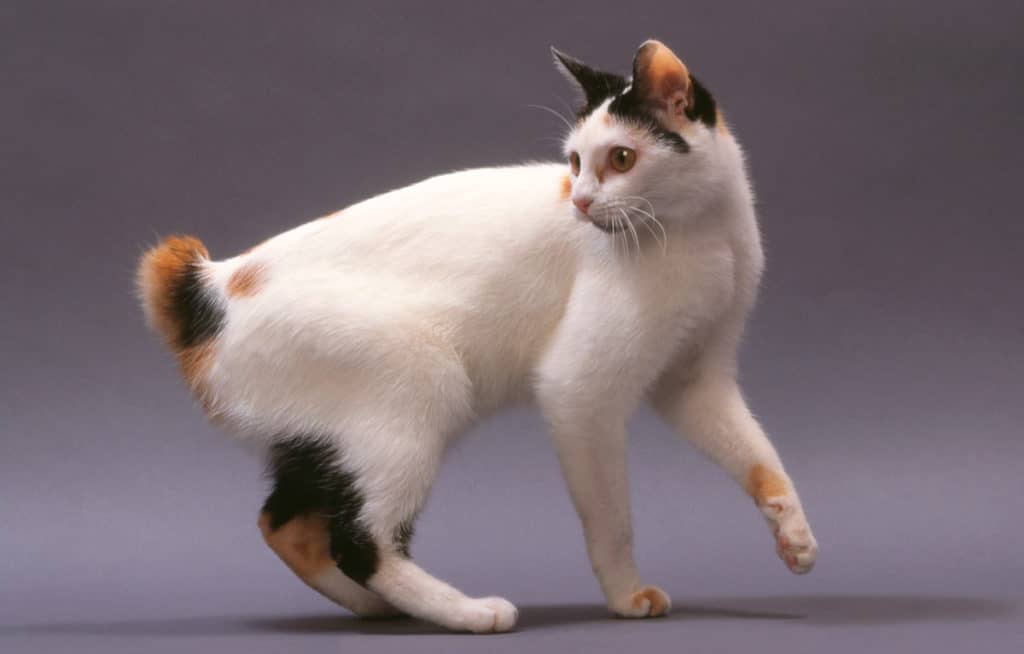
The origins of the Japanese bobtail cat go back centuries and the shortened tail is the result of a genetic mutation. The Japanese Bobtail tail mutation is recessive. The Japanese bobtail cat is believed to have migrated to Japan hundreds of years ago via Asian trade routes.
The Japanese bobtail has many patterns and coat colors, ranging from brown and solid white to unique bicolor, van, and tricolor patterns. Its most defining trail is its short, nub-like tail and cute appearance.
They have both long and short coats. The coat can be bi-color, tabby, calico, or solid. Its short and long coats are silky smooth, low-shredding, and simple to maintain. Although they have less than other breeds, they have shedding seasons in the spring and fall. These cats are hypoallergic, making them an excellent choice for any family.
Japanese bobtails get along well with kids, others cats, and dogs. They are loving, cooperative, love to socialize, and they always love to be the center of attention. Maintaining a Japanese bobtail is simple because it has no undercoat. You only need to brush it once or twice a week to remove dead hairs.
They have a 9-15 years lifespan, thanks to their natural development, making them disease resistant. However, it is essential to get them screened regularly for health issues to ensure they don’t have any problems.
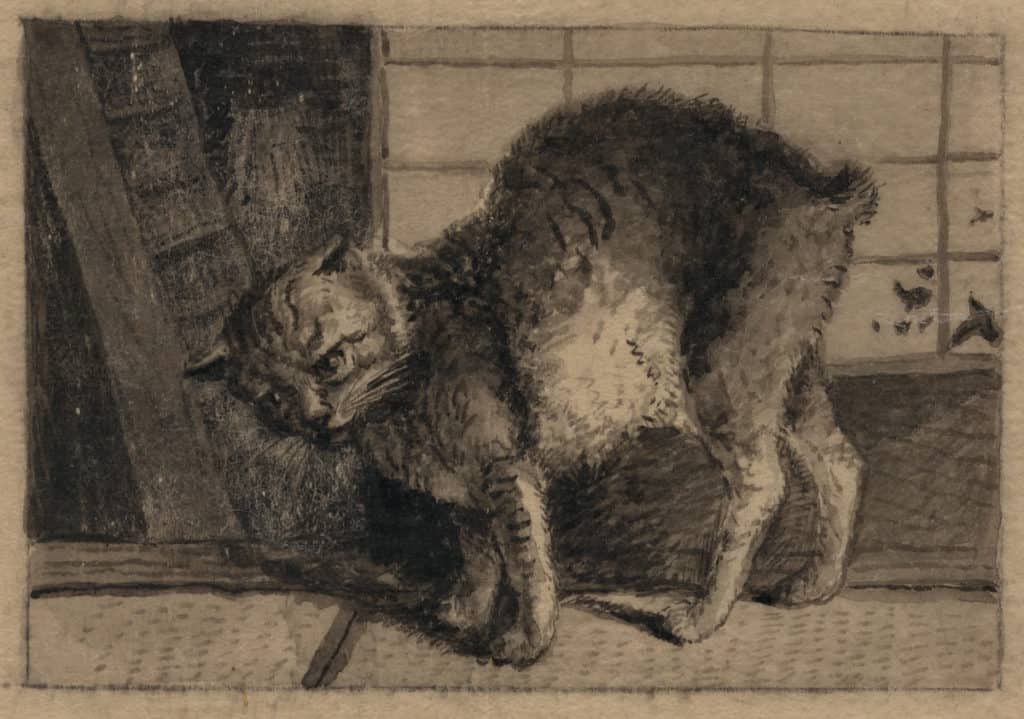
American Bobtail Cat
The American bobtail cat came from a random genetic mutation by breeders, and it started to be recognized by different organizations in the US beginning in the 1960s. The American Bobtail tail mutation is dominant.
The International Cat Association (TICA) recognized the breed for the first time in 1989.
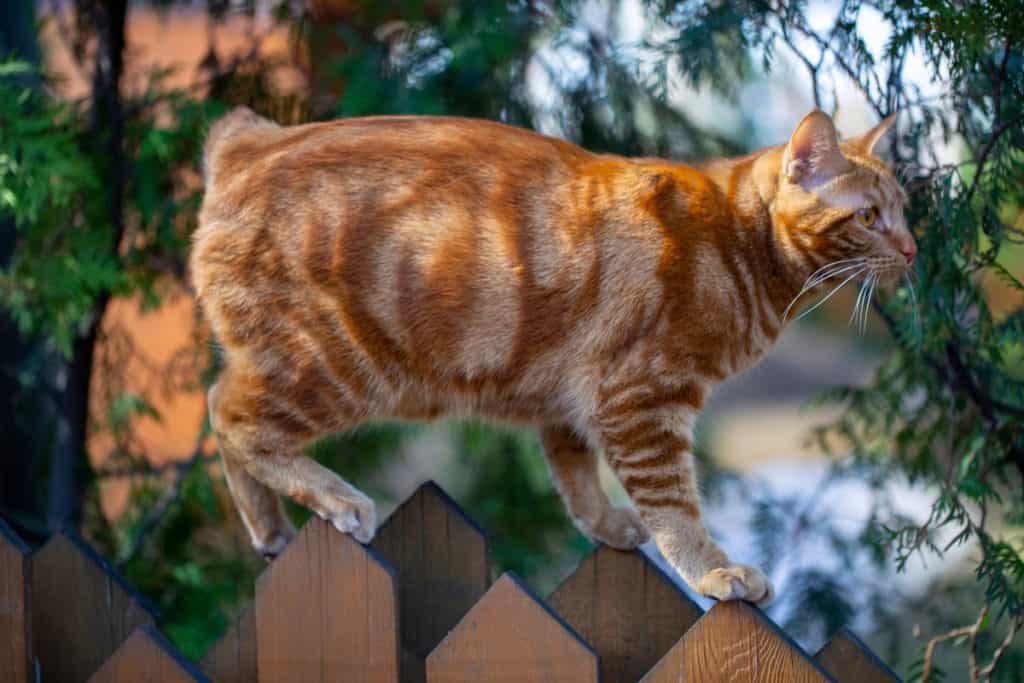
The American Bobtail is a large, muscular cat with a short tail resulting from a natural genetic mutation. American Bobtail cats have a stubby, bobbed tail around one-third the length of a typical cat’s tail. When given enough affection, it makes a loyal, lovely, and playful pet.
American bobtail cats have many colors, coat lengths, and patterns. Interestingly, the breed’s bobbed tail is slightly longer than other known bobtail breeds. These cats can have tails ranging from one-inch nubs to four-inches long.
American Bobtails possess large, deep-set eyes. Furthermore, they have long back legs and a muscular body that weighs between 7-16 pounds. It is a naturally occurring cat breed with different colors patterns, and it can be short or long-haired. Sometimes, American bobtails mature slowly, and they can take longer than a typical cat to reach adulthood, around 2-3 years.
They have a good temper, and they make great companions. American Bobtails are not aggressive, and they interact well with kids of all ages. In addition, the American Bobtail only makes noise when necessary, but you can expect to hear more trills and chirps than full-meowing.
American bobtails mature more slowly than the average domestic cat. American bobtails take about three years to reach maturity.
When it comes to grooming, it is relatively simple. You’ll only need to brush the breed twice per week to keep its coat healthy. Make sure you trim the nails regularly and clean its ears frequently.
Pixiebob
The pixiebob breed originated in the mid-1980s in Washington state by a breeder named Carol Ann Brewer. According to DNA tests, though pixie-bob cats may look wild, they are all domestic. The pixiebob is named after Pixie, one of the kittens from the litter that a male bobbed cat sired with a domestic cat.
About 50% of pixiebob cats are polydactyl.
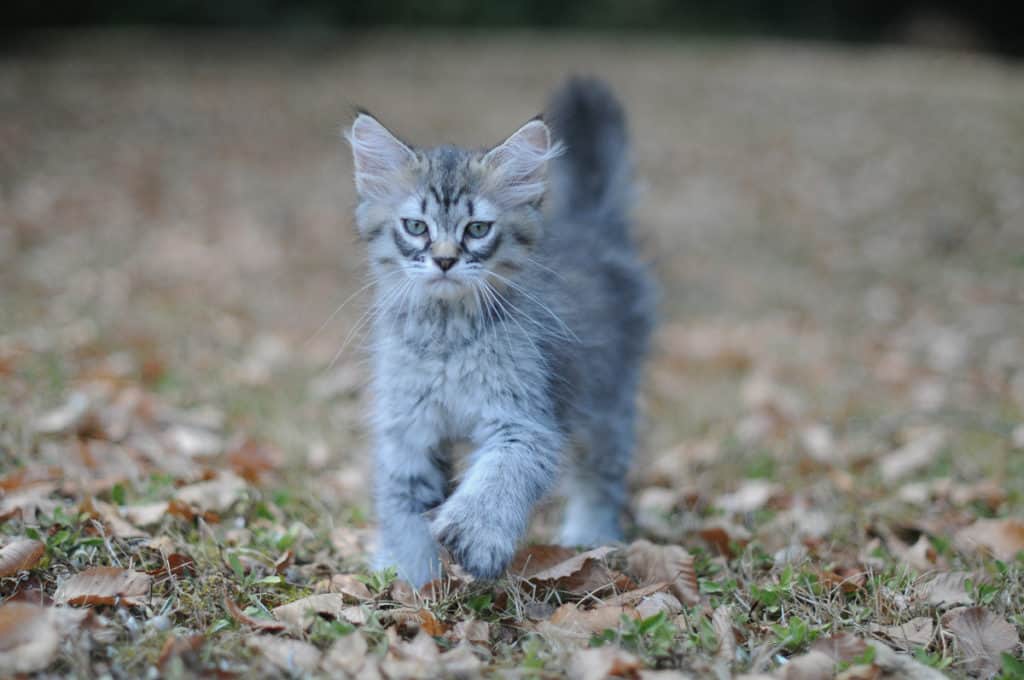
The pixiebob cat is similar to the American bobtail, but has shorter fur. Pixibobs have tabby fur coat patterns with various lengths of the tail. Pixiebobs have been bred to look like wild cats although their genetic lineage is purely domestic cat.
Unlike other bobcats that meow, pixie bobs make chirping noises. All in all, they are lovely cats that love to be around people, and they are simple to maintain.
Highlander Bobtail Cat
This breed is very new, as it was recognized in late 2008. Highlander bobtail cats are a unique blend of Jungle Curl breeds and Desert Lynx, resulting in a curly-eared bobtail cat. This bobtail is simple to maintain, healthy, and amicable once it gets comfortable with you.
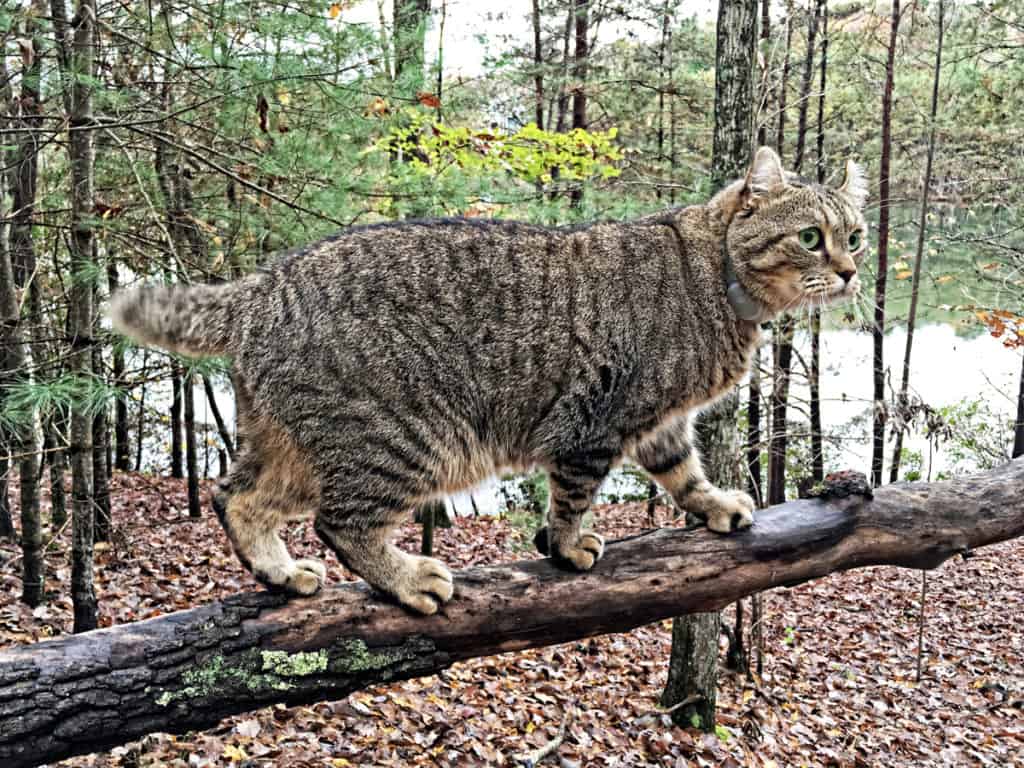
Bobtail Cats Have Unique Traits
In summary, bobtail cats have unique traits that make them great pets to live peacefully with other pets and humans. Bobtail cats are brilliant, friendly with everyone, energetic and healthy, don’t need much maintenance, and don’t have many health conditions.
References
American bobtail breed. (2018, August 13). The International Cat Association, TICA. https://tica.org/breeds/browse-all-breeds?view=article&id=815:american-bobtail-breed&catid=79
Lipinski, M. J., Froenicke, L., Baysac, K. C., Billings, N. C., Leutenegger, C. M., Levy, A. M., … & Lyons, L. A. (2008). The ascent of cat breeds: genetic evaluations of breeds and worldwide random-bred populations. Genomics, 91(1), 12-21. https://doi.org/10.1016/j.ygeno.2007.10.009






